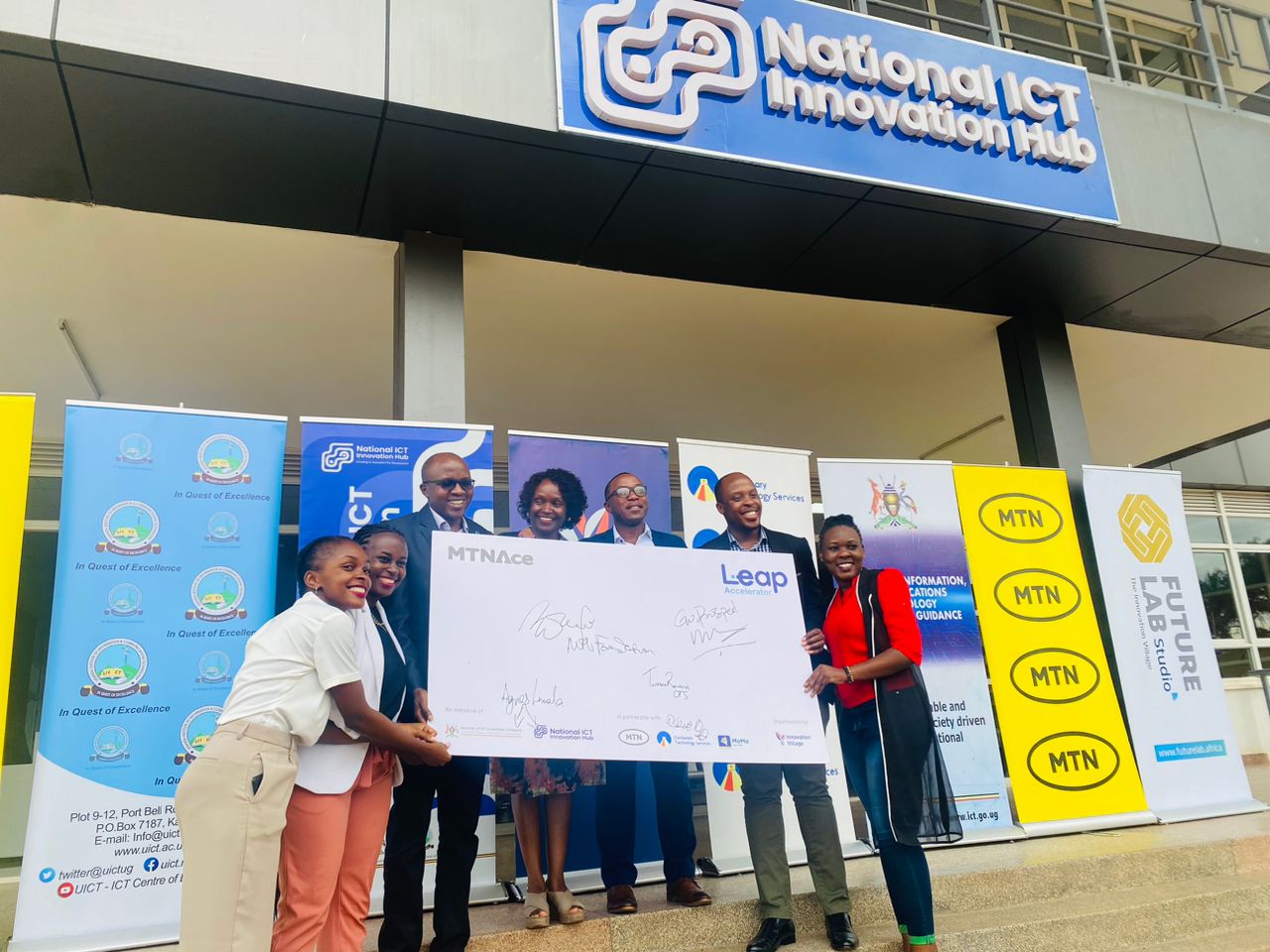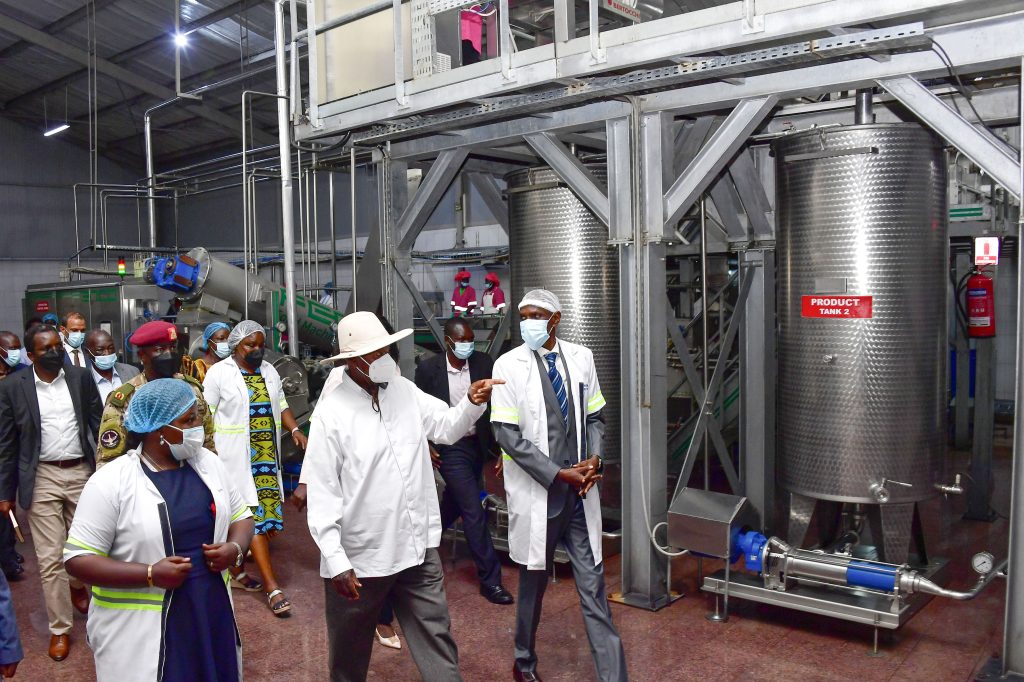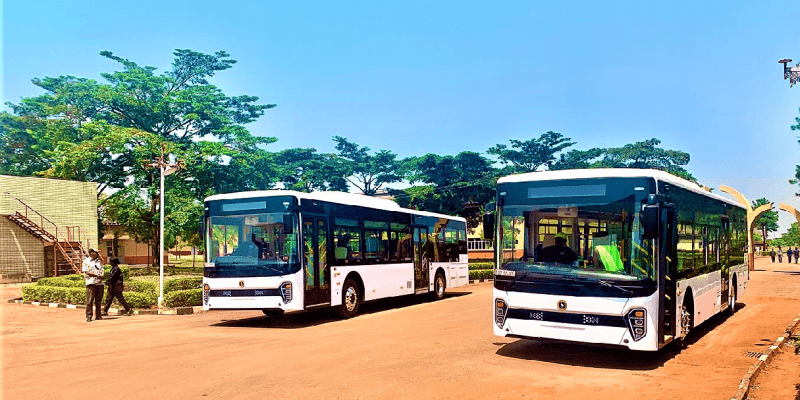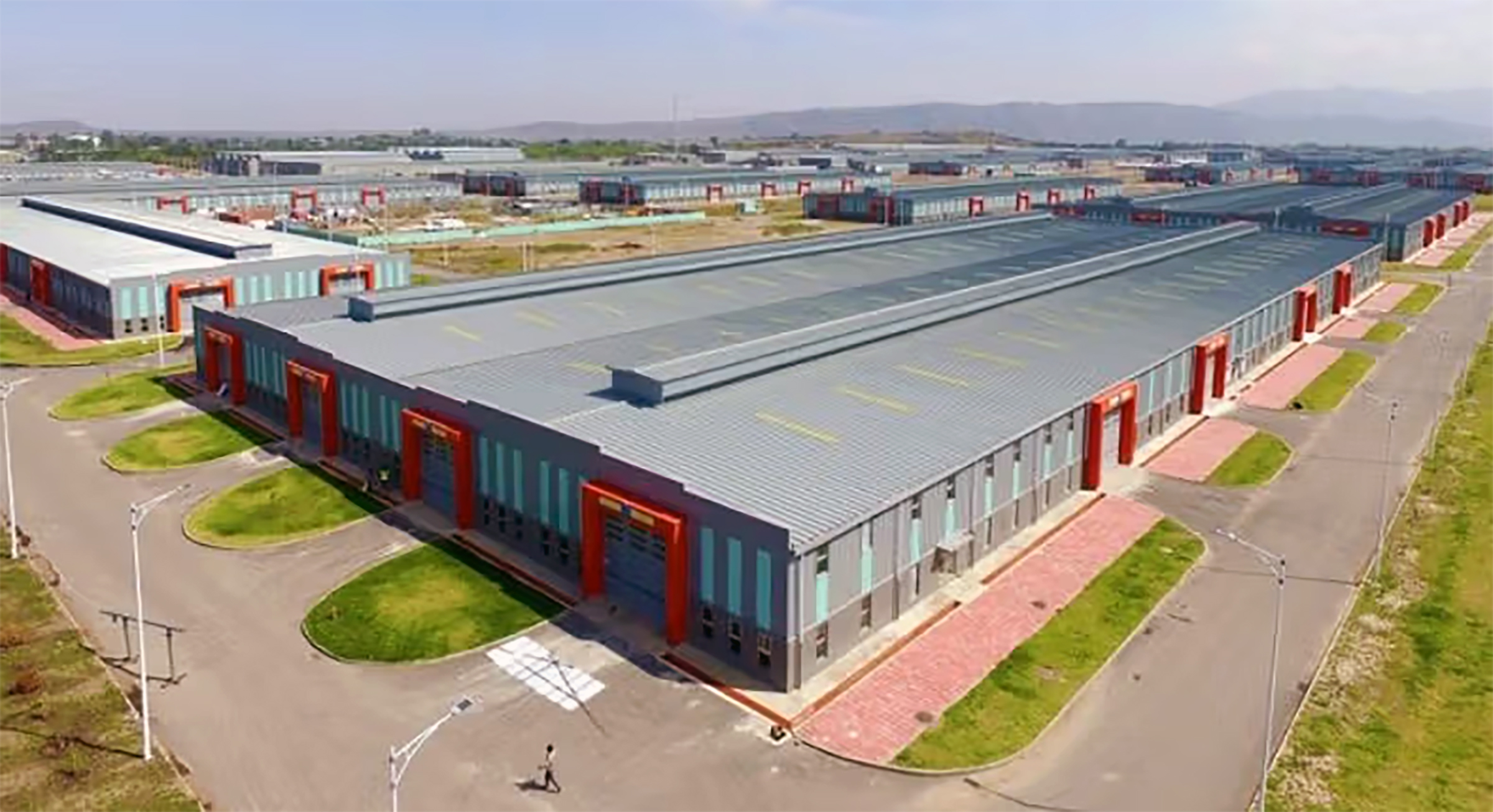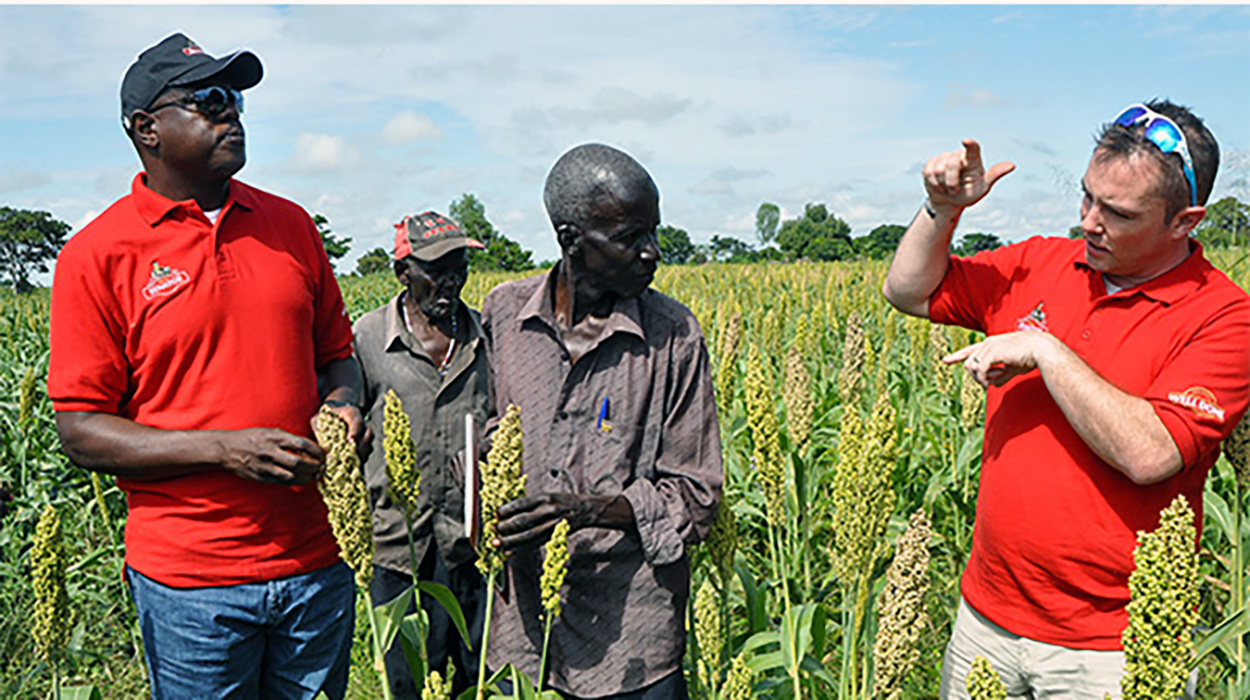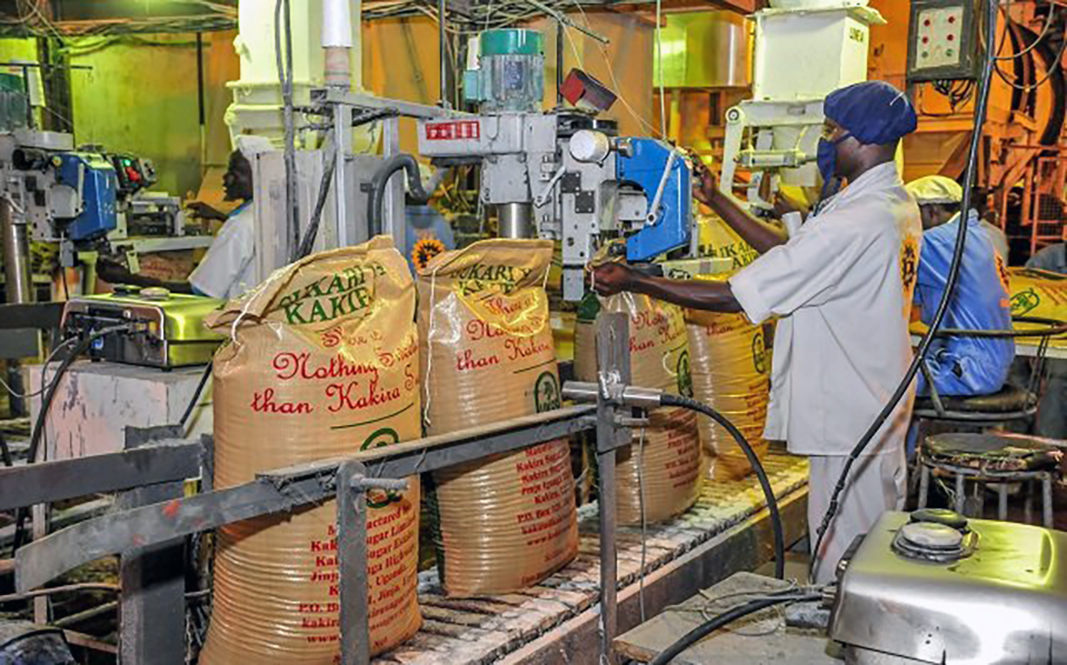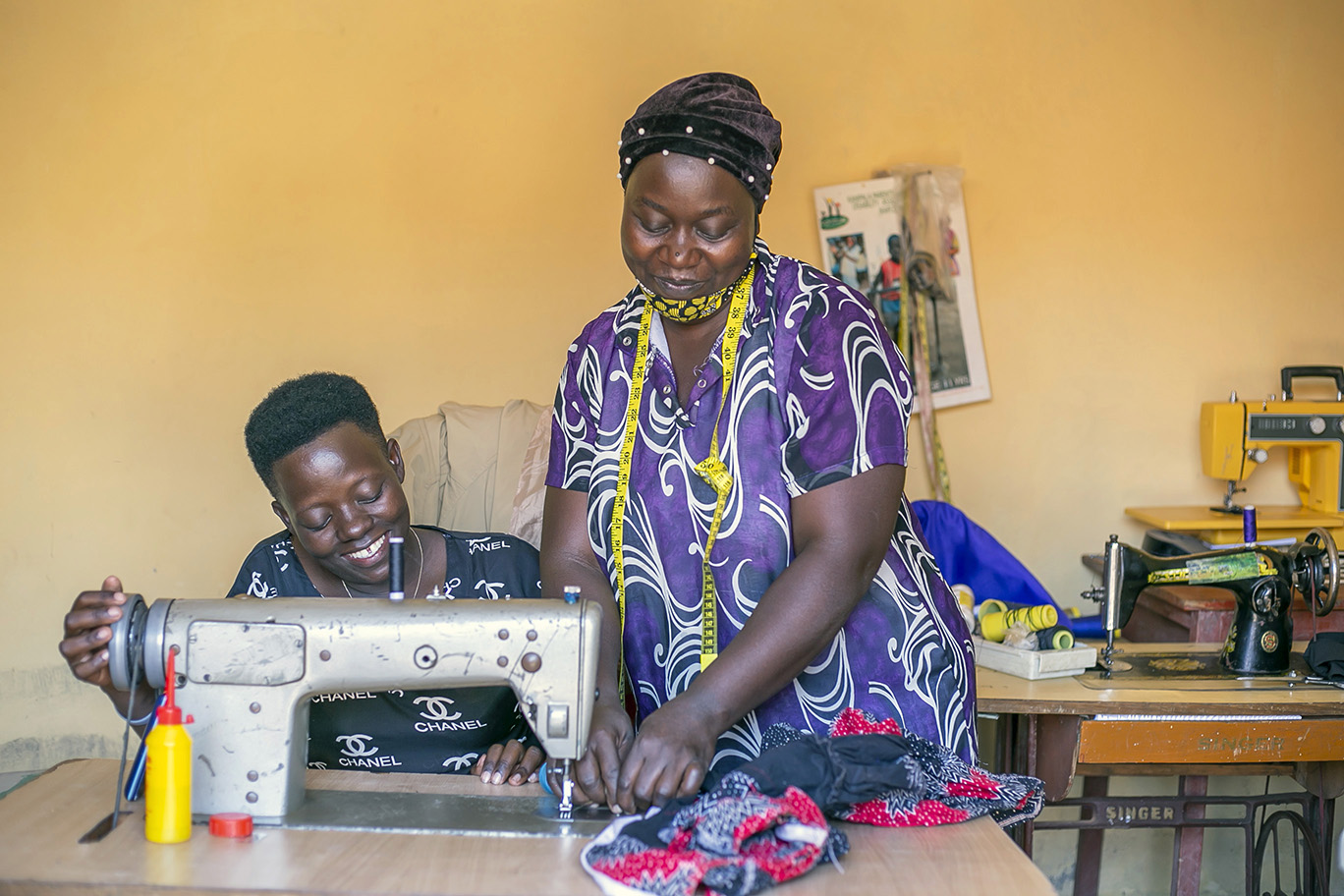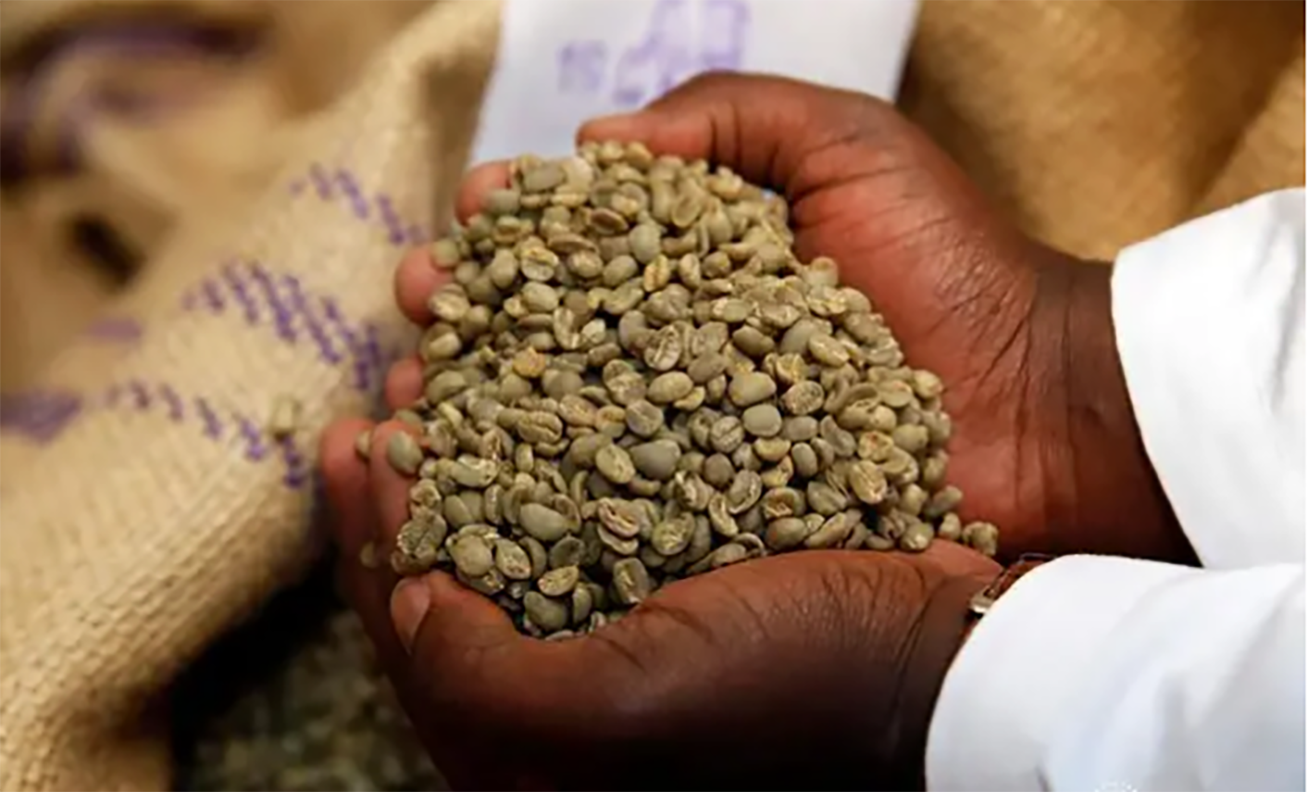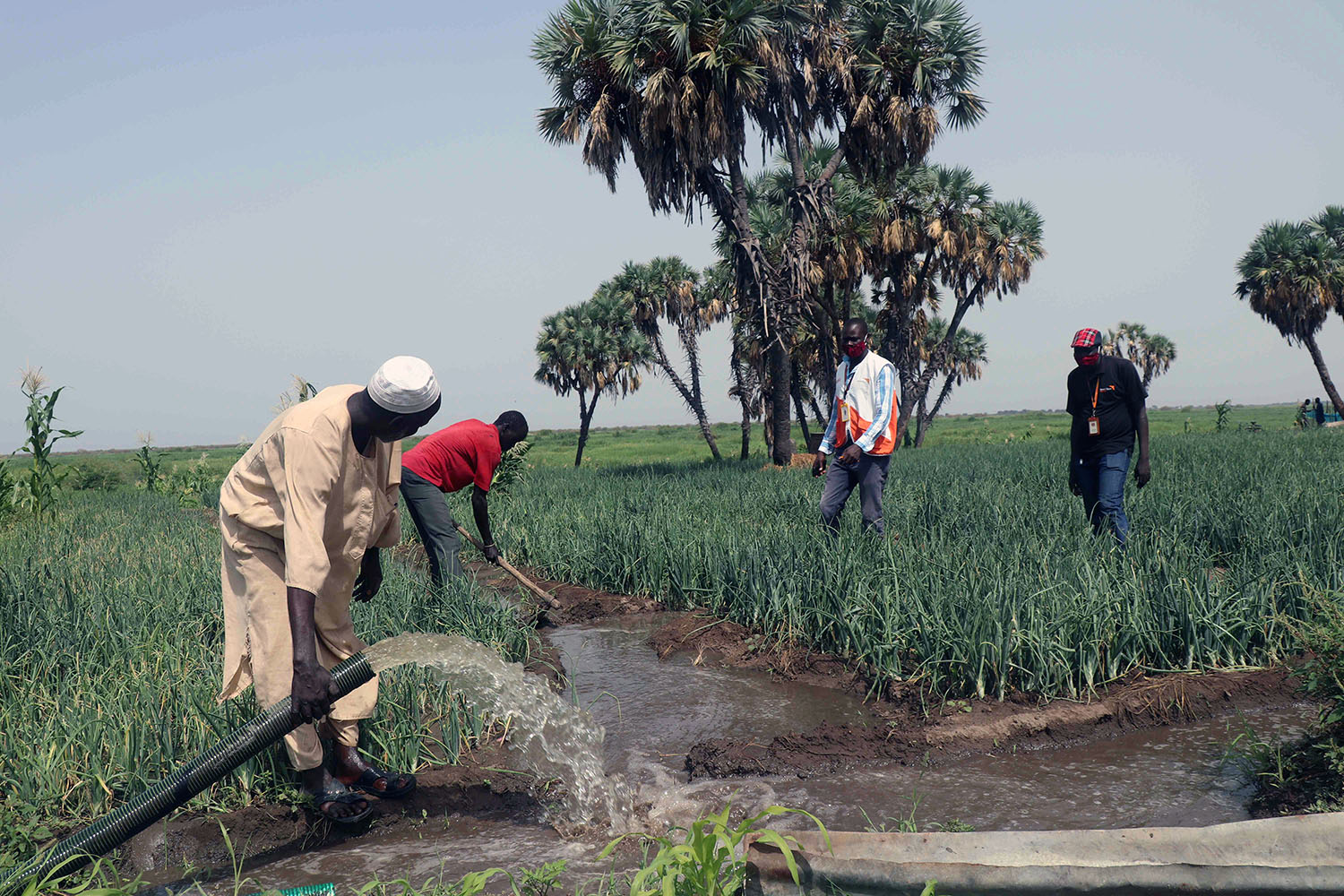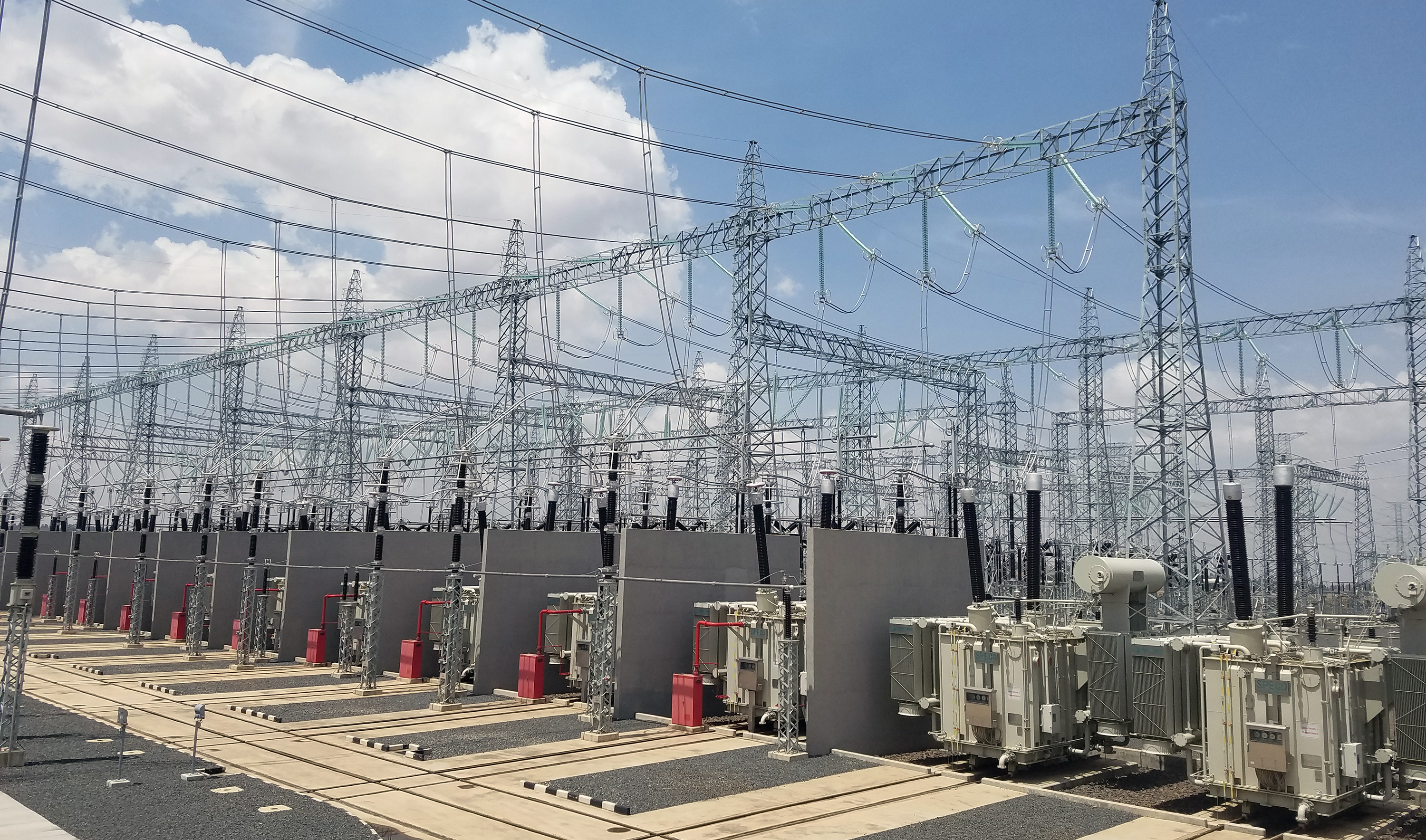Let Ugandans embrace banana value-addition benefits

PIBID staff serve porridge prepared from Tooke Flour at a recent exhibition in Kampala.
It was former British Prime Minister Winston Churchill's who famously described Uganda as a "beautiful garden" where its “staple food grows almost effortlessly.”
Indeed, Uganda is the second largest producer of bananas in the world, with the staple crop thriving in most parts of the country with minimal labour input.
Estimates show that Uganda produces over ten million tons of bananas every year, of which 70% is consumed at household level while just 30% is sold. At a per capita consumption of 220-400 kg annually, Ugandans consume more bananas per person than any other country in the world. It is estimated that the crop supplies up to 30% of the daily calorie intake of Ugandans.
- In the early 2000s, research carried out on green bananas by scientists at the Makerere University Food Science and Technology Department unveiled the immense potential that the abundant perennial food crop had for poverty alleviation and national development.
Thanks to its asynchronous fruiting (bearing fruit throughout the year), the banana crop delivers an endless supply of food and income – helping to make a significant contribution to both food security and household incomes throughout the year.
However, most of the green banana crop is either not harvested at all or lost after harvest, mainly because unlike other stapple foods such as rice, cassava, millet and sorghum, bananas must be eaten fresh.
- In 2005, President Yoweri Museveni directed the establishment of the Presidential Initiative on Banana Industrial Development (PIBID) to build on the work done by the Makerere University scientists, aimed at spearheading value addition to green bananas to reduce wastage.
A research facility was consequently established in Bushenyi District in western Uganda to champion the process. To date, the Banana Industrial Research and Development Center (BIRDC) is championing the banana value chain by producing ‘Tooke’ Flour - for sale on the local and international markets - as well as producing various products including biscuits, mandaazi, cakes, doughnuts, crisps, bread, and cakes.
Banana flour, which is a good source of essential vitamins and minerals such as potassium, magnesium, and Vitamin C, may also be used in various culinary applications such as preparing mouthwatering porridge, soups, stews and sauces at restaurants and high-end hotels.
Additionally, bananas may also be processed into packed juice, beer, and wine, which can be marketed locally and internationally.
In a global market place that is suffocating on gluten-laden wheat products, banana flour is said to present a healthier alternative, which offers a great opportunity for banana farmers countrywide, leave alone creating employment and business opportunities for the youth, distributors and retailers of the value-added products.
- Apart from foreign exchange from the export market, banana value-addition also presents technology transfer benefits given that the processes of primary value addition, training and certification can spread countrywide – thus spreading the crop to other regions where banana growing was not practiced.
- The other benefit is that of further research to produce improved banana varieties or drought and pest-resistant hybrids – all of which translate into more cash for farmers.
Unlike wheat whose production typically makes a significant environmental impact because of the large-scale use of machines, pesticides and fertilizers on large farms, banana growing happens almost naturally. That presents an important environmental benefit in a world that is doing everything to mitigate deadly climate change effects.
Experts say that by further improving farm productivity as well as the quality of banana products, Uganda has the potential to become the leading exporter of banana products in the world.
Clearly, the future of banana flour looks promising, as new processing techniques and processes are set to improve the efficiency and cost-effectiveness of banana value addition. With proper handling, branding, marketing, and consumer awareness, banana value addition has the potential to command bigger spaces on supermarket shelves locally and around the world, which would translate into higher incomes for farmers and households.



.jpg)
